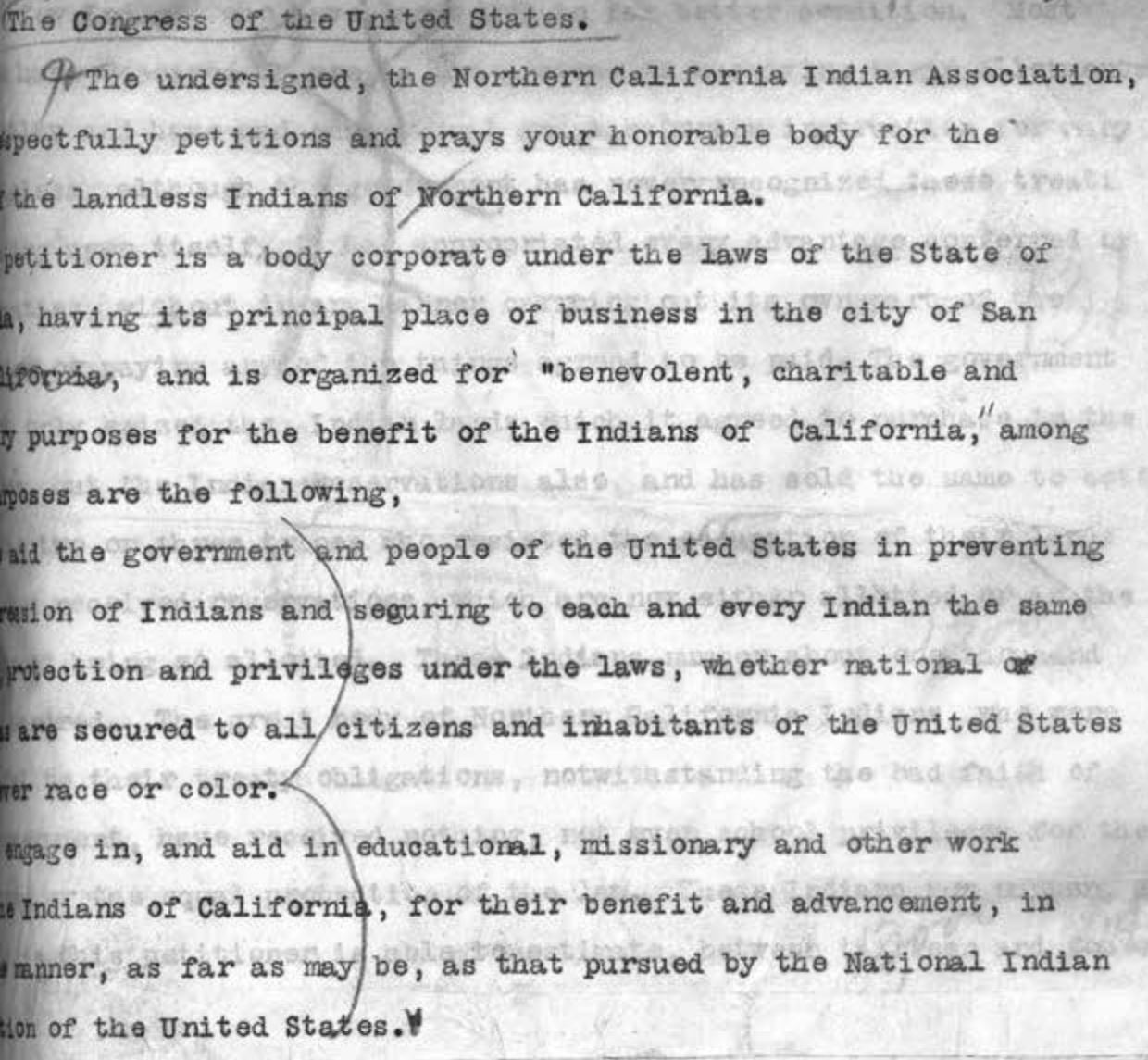Sources: https://www.bia.gov/regional-offices/pacific/who-we-are
18 treaties were signed by members of California Indian tribes and any one of three Treaty Commissioners whose appointments had been authorized by President Fillmore and the United States Senate.
https://digitalcommons.csumb.edu/hornbeck_usa_2_b/5
“1851-1852 – Eighteen Unratified Treaties between California Indians and the United States” (2016). US Government Treaties and Reports. 5.
Under pressure from the California Congressional delegation, the United States Senate not only refused to sign the 18 treaties that had been negotiated, but they also took extraordinary steps to place the treaties under seal. Between the un-ratified treaties and the Land Claims Act of 1851, most California Indians became homeless.
https://www.bia.gov/regional-offices/pacific/who-we-are
To begin to discuss why and how the Pacific Regional Office is unique you must first review some of the history of California and California Tribes. While the history of the Federal-Indian relationship in California shares some common characteristics with that of Native people elsewhere in the United States, it is different in many aspects. It includes the unprecedented magnitude of non-native migration into California after the discovery of gold in 1848, nine days before the signing of the Treaty of Guadalupe Hidalgo; the Senate’s refusal to ratify the 18 treaties negotiated with California tribes during 1851-52; and the lawless nature of California’s settlement after the Treaty of Guadalupe Hidalgo, including State sanctioned efforts to “exterminate” the indigenous population.
Under pressure from the California Congressional delegation, the United States Senate not only refused to sign the 18 treaties that had been negotiated, but they also took extraordinary steps to place the treaties under seal. Between the un-ratified treaties and the Land Claims Act of 1851, most California Indians became homeless.
Major shifts in federal Indian policy at the national level during the late 19th century exacerbated the Indian problems in California. Passage of the General Allotment Act in 1887 opened part of the limited lands in California to non-Indian settlement. In 1905 the public was finally advised of the 18 unratified treaties. Citizens sympathetic to the economic and physical distress of California Indians encouraged Congress to pass legislation to acquire isolated parcels of land for homeless California Indians. Between 1906 and 1910 a series of appropriations were passed that provided funds to purchase small tracts of land in central and northern California for landless Indians of those areas. The land acquisitions resulted in what has been referred to as the Rancheria System in California.
In 1934, with the passage of the Indian Reorganization Act (IRA), the reconstituting of tribal governments included the BIA’s supervision of elections among California tribes, including most of the Rancheria groups. Although many tribes accepted the provisions of the IRA, few California tribes benefited economically from the IRA because of the continuing inequities in funding of Federal Indian programs.
Beginning in 1944, forces within the BIA began to propose partial liquidation of the Rancheria system. Even the limited efforts to address the needs of California Indians at the turn of the century and again through passage of the IRA were halted by the federal government when it adopted the policy of termination. California became a primary target of this policy when Congress slated forty-one (41), California Rancherias for termination pursuant to the Rancheria Act of 1958.
During the past quarter century, judicial decisions and settlements have restored 27 of the 38 Rancherias that were terminated under the original Rancheria Act. Additional tribes have since then been restored as a result of Acts of Congress
This brief history only begins to explain why the Pacific Regional Office is unique. California tribes today continue to develop their tribal infrastructure as a result of not having the same opportunities that have been provided to other native groups throughout the Country. California has a large number of aboriginal native populations who are not currently recognized by the United States which presents it’s own list of problems.
